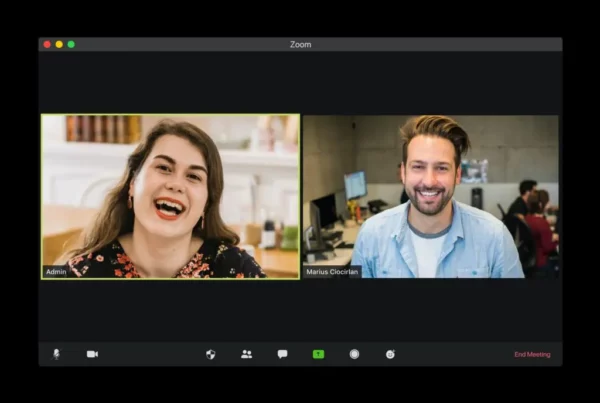The codec is designed to imitate the neuronal processes of the human eye and thus reduce the file size of images by a factor of ten while maintaining the same quality. This technology is being developed by London-based AI startup Deep Render. German livestreaming startup Contentflow is testing the technology in livestreaming in collaboration with The Computer Vision Lab at the Vienna University of Technology is a scientific partner. Through the EU Commission’s “Fast Track to Innovation” (FTI), the project is funded with 3 million euros.

Better compression for less energy consumption
A simpler, cheaper and faster solution to expand capacity is more efficient compression of image and video files. This is because better compression reduces file sizes, storage space and bandwidth requirements. It would also save energy and CO2 during storage and also during transmission. However, progress in video compression technologies has stalled since the last decade.
Deep Render has been developing a highly innovative approach to video compression not based on previous compression technologies or codecs. “Built from scratch, we have re-invented the entire domain of compression around modern frameworks, creating a radically new class of compression methods. We combine artificial intelligence, machine learning, statistics, and information theory, in a non-linear approach to video compression that mirrors the neurological processing of the best video compressor known, the human eye — aka, Biological Compression”, says Chri Besenbruch, Deep Render CEO.
The goal of the project is to develop a complete demonstration video codec ready for commercialization for video-on-demand (VoD), with compression efficiency 80% better than the best existing codecs (AV1/H265).
Market-ready Codec as target
“For this project, our objectives are to develop a market-ready codec with a compression efficiency of 80%, decoding times of 16.6 ms/frame (60fps) on an iPhone 13 and a memory footprint of 3MB. The increased compression efficiency means for the same quality of video our equivalent file size will be 20% of the other codec’s compressed existing file size, freeing up 80% of previously used internet bandwidth”, says Besenbruch. File size reduction will have a direct impact on energy usage and CO2 production by a similar amount.
This new codec will be tested with Contentflow’s streaming software to identify and resolve any integration issues. The Contentflow live streaming platforms covers all aspects of live streaming. Thus, livestreams of events (conferences, discussions, general meetings) can be implemented just as well as complete conferences or trade fairs or media coverage of breaking news. Well-known customers such as ARD Aktuell (tagesschau), the Online Marketing Rockstars or Messe Berlin use the software. “Our goal from the beginning was to offer the highest quality in livestreaming. With the codec, we hope not only to be able to further increase quality, but also to reduce the required data volume for our customers at the same time,” says Sebastian Serafin, CEO of Contentflow.
TU Vienna will use its technical expertise in computer vision and machine learning to extend the new codec for four use cases, each with specific challenges. These will be medical imaging, satellite imaging, virtual stereo reality and autonomous cars.





 This project has received funding from the European Union’s Horizon 2020 research and innovation programme under grant agreement No 876239, 959379 & 965502.
This project has received funding from the European Union’s Horizon 2020 research and innovation programme under grant agreement No 876239, 959379 & 965502.
